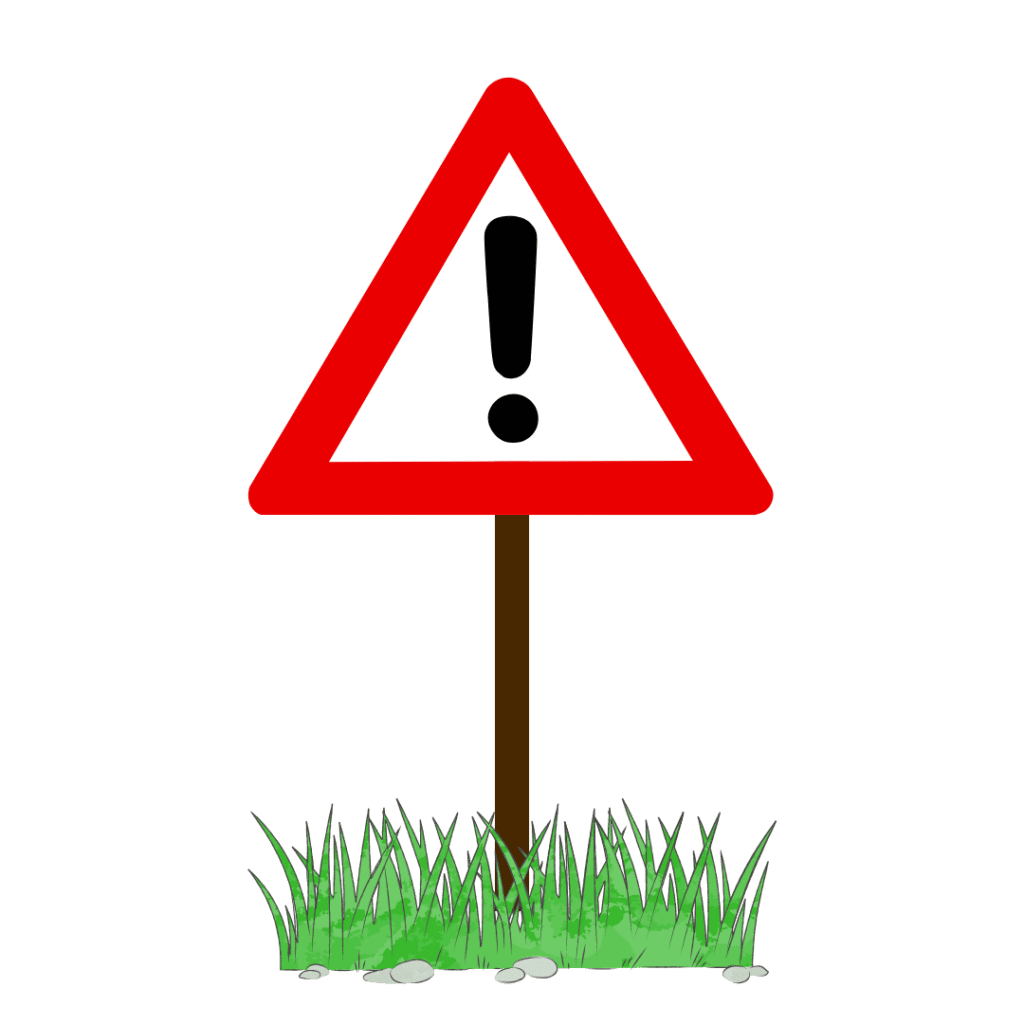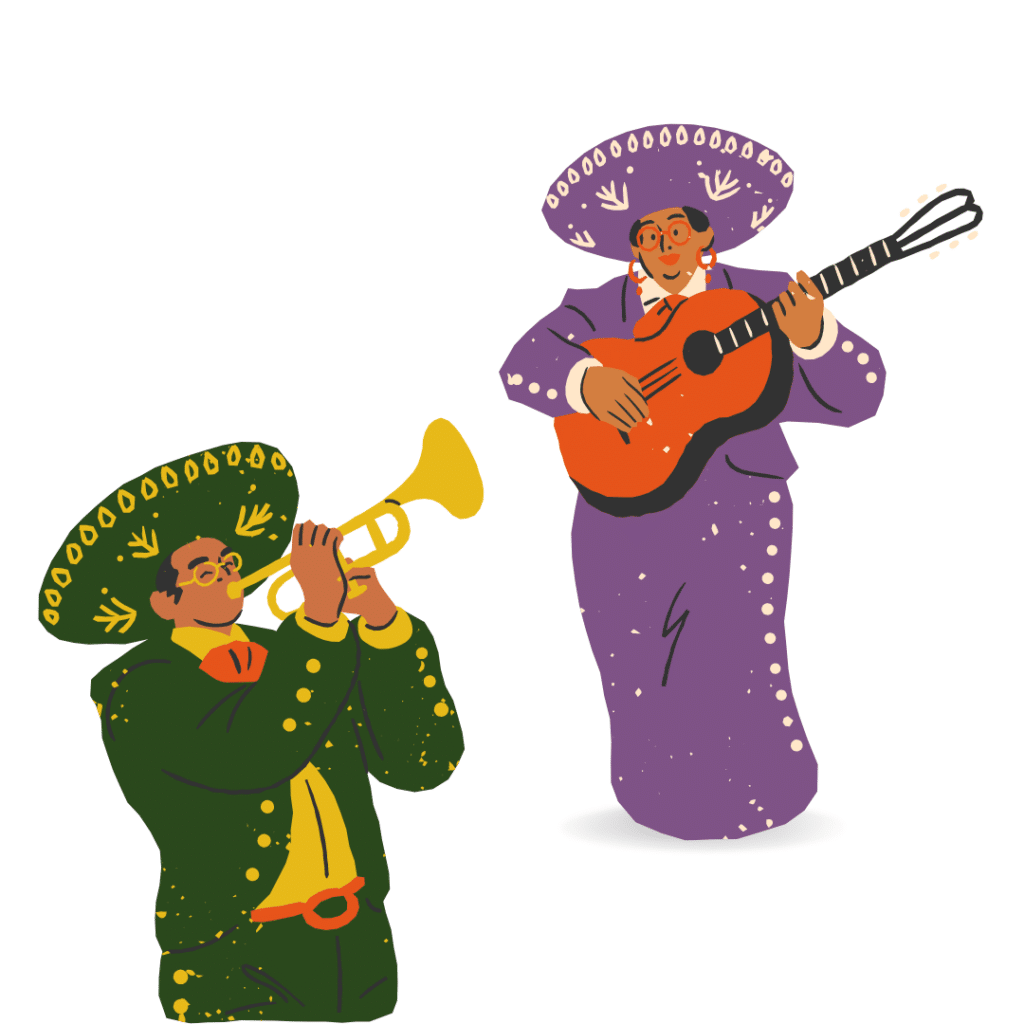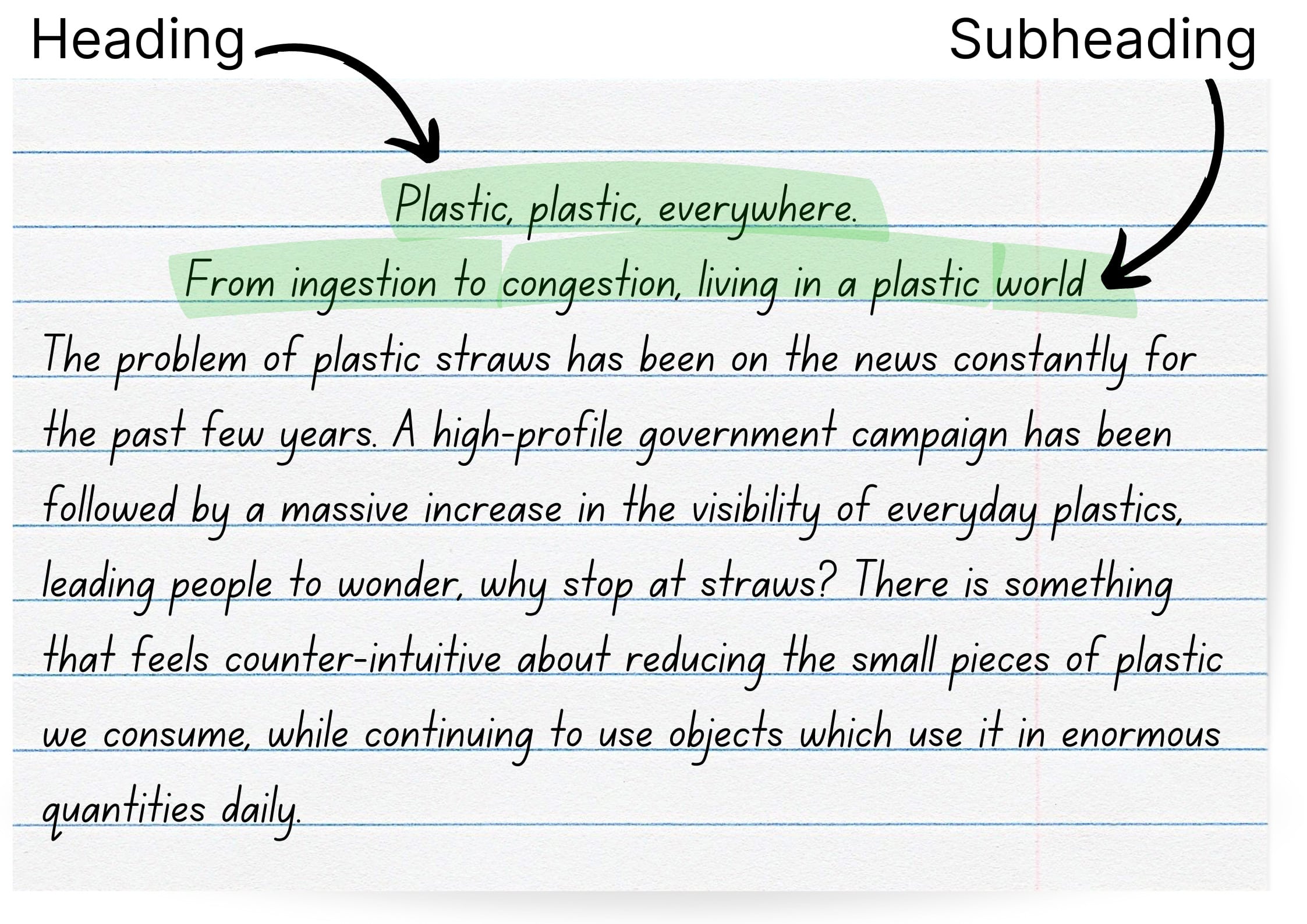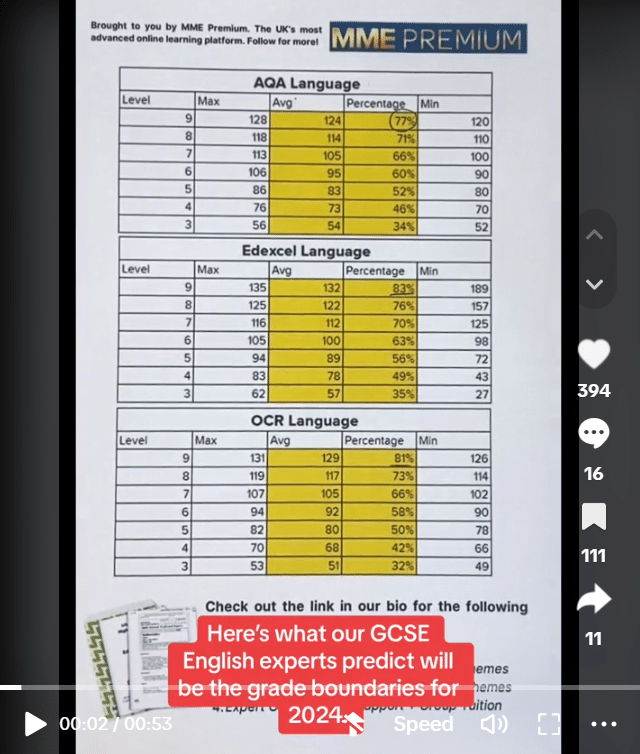Writing: Non-Fiction Language Use
Writing: Non-Fiction Language Use Revision
Writing: Non-Fiction Language Use
The writing questions on your paper can sometimes seem like they open up so many possibilities that it feels a bit overwhelming!
Language use in particular can feel like something which is more related to fictional texts than non-fictional ones, but it can apply just as much when writing non-fiction texts.
There are a few different ways in which you can analyse the question, and make it easier for yourself.
We’ll take a look at these now…
Tone, Style, and Register
The tone, style and register of your text all mean very similar things.
Tone and register both refer to the formality of the text, and whether it is more formal, or more informal.
Style, on the other hand, can refer to whether it is a personal or impersonal style.
What does this mean for me?
When you are beginning to plan and write a new non-fiction text, figuring out the tone, style, and register can help you to narrow down what it needs to contain, and how it should be written.

How do I find out what these are?
Each question you get which requires you to write a non-fiction text will include certain words and pieces of information.
This will sometimes, depending on which exam board you are taking your exam with, come in the form of an opinion or quote, which will be on the same general subject as the rest of the paper.
For example, it may give you a deliberately controversial statement, and ask you to write an article or letter, discussing for or against it.

The type of text you are asked to write, and the tone and register in which the statement is written, will both give you clues as to the tone and register you should write your answer in.
For example, a statement which is written very formally or using a serious tone will often pair the best with a text which is equally formal or serious.
Remember that the people who design your exam are often trying to help, rather than hinder you, and will leave clues like this for you wherever possible.
The style of your text, and whether it is personal or impersonal, will also be influenced by the style of the statement, and will be very closely related to the tone and register.
Language Features
The language features you choose to use in your non-fiction text will also vary significantly.
You will typically use fewer language features when you are writing a formal text, than you would in an informal text.
This is because they are less emotive than informal texts, due to their more impersonal style.
Depending on the type of non-fiction text you have been asked to write, you may choose to include some of the following language features:
Idioms
Idioms are common sayings that mean something different to their literal meaning. They are normally quite unusual and memorable, and so are useful when you want to represent a complex idea more simply.
For example:
“The goalkeeper would be over the moon if the regulations changed, but unfortunately this looks unlikely.”

Metaphors
Metaphors are a very strong imagery technique, they function by saying that something is something else, rather than simply comparing it.
They are useful and effective as they typically make the reader think about the connection between the thing being described, and the thing it is being described as.
For example:
“The report was a minefield, but it was also vital to the success of the project, so we must persevere.”
Similes
Similes are another kind of imagery, and are used to compare things with something else. This is simpler than a metaphor to use, as it uses either the phrase ‘…like…‘, or ‘as…as…‘, so you just have to remember these structures for your exam!
For example:
“Expecting adults to understand children fully is like expecting an iPad to be compatible with a record player.”

Rule of Three
The rule of three is the use of three words or short phrases one after the other, usually separated by commas in a listed structure.
This is based on the idea that things which come in threes are fundamentally more memorable, and are therefore good at making texts more interesting.
For example:
“It is true that the debate between the two sides has been ongoing for days, weeks, months now.”
Repetition
Repetition is where words, phrases or sentences are repeated, often with the intention to emphasise, and is typically used in more informal, personal texts.
For example:
“It’s a very, very simple process, when you break it down.”

Adjectives
Adjectives is another term for words which describe, and are found in both formal and informal non-fiction texts.
Essentially, they add more detail, and create a more vivid picture in the reader’s mind.
For example:
“It’s utterly heart-breaking and makes me feel very desolate that the old traditions are dying out.”
Examples
Let’s have a look at an example…
“So many individuals support the ban on plastic straws, but still use takeaway cups and plastic bags. It just doesn’t make sense, why be eco-friendly only sometimes?”
Write an article for a magazine in which you explain your point of view on this statement.

This question is asking the student to write a non-fiction text: an article.
This indicates that the tone and style should be partly formal.
However, the register of the statement is quite personal and informal, as we can see from the use of a rhetorical question and emotive language.
Therefore, the text you write should be formal enough to fit the brief of a professional article, but also informal enough to include creative language and punctuation, as seen in the statement.

MME Premium Membership
£19.99
/monthLearn an entire GCSE course for maths, English and science on the most comprehensive online learning platform. With revision explainer videos & notes, practice questions, topic tests and full mock exams for each topic on every course, it’s easy to Learn and Revise with the MME Learning Portal.
Sign Up Now


